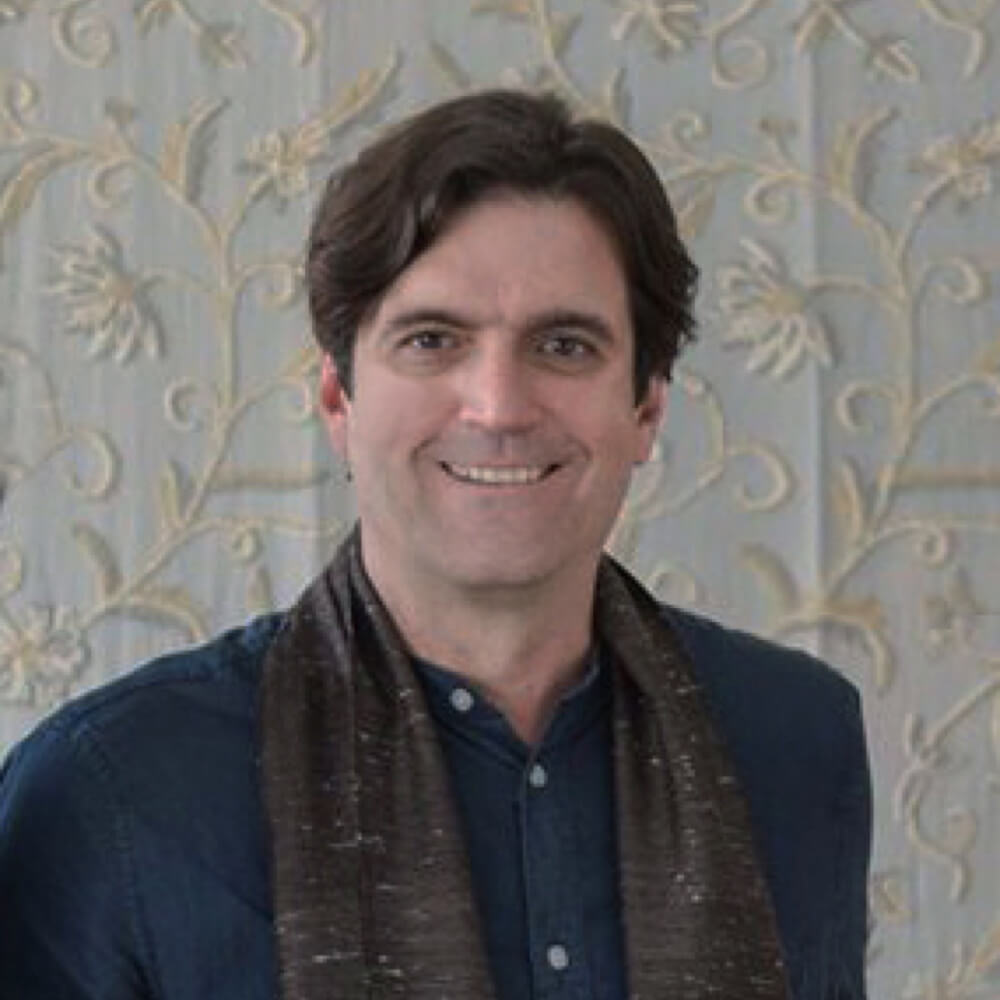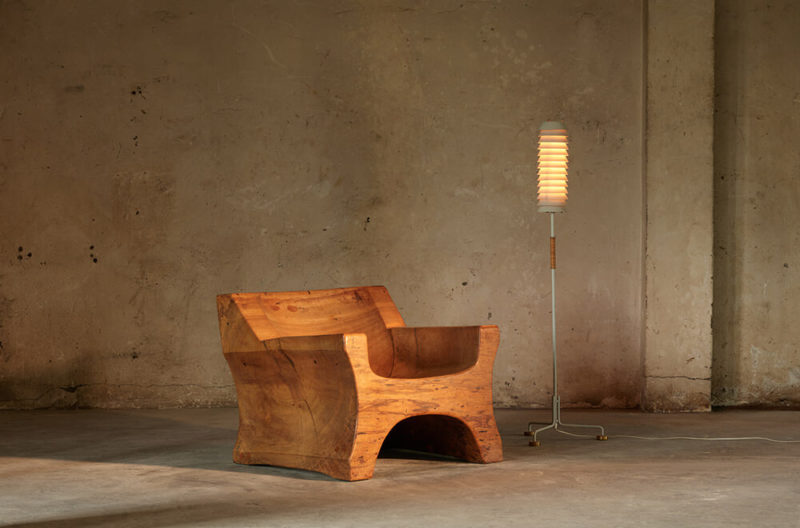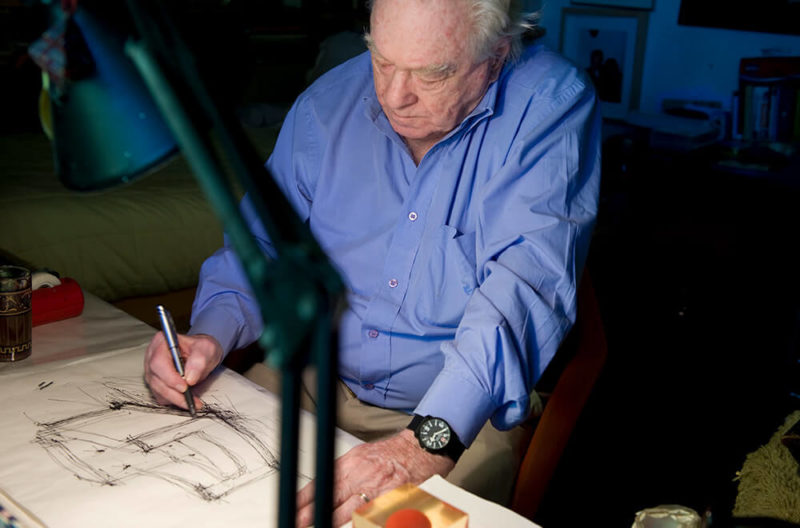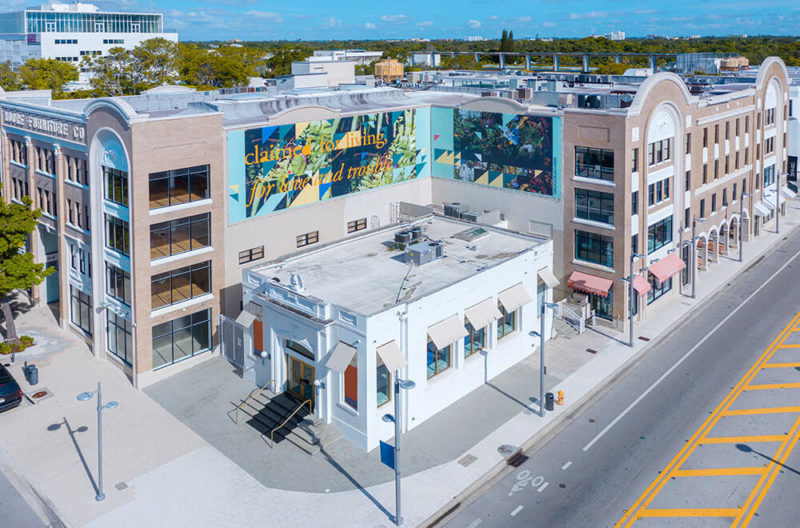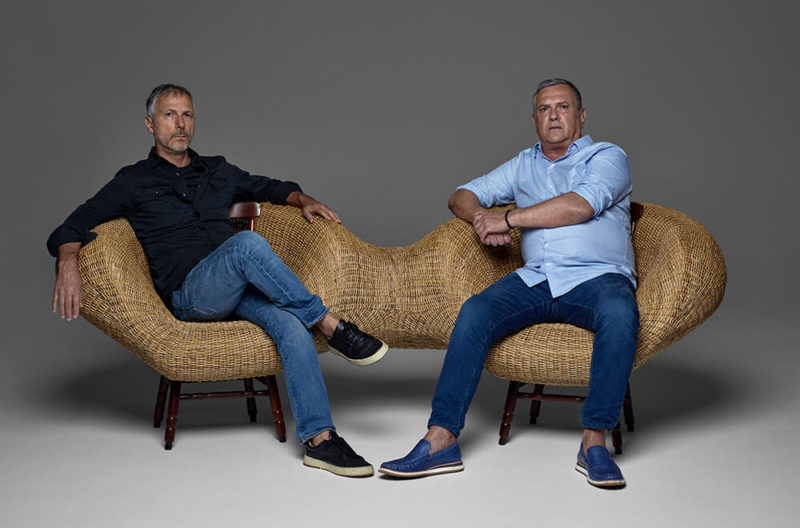Brasilia Design
Brasilia was conceived in modernism – today's designers are still inspired by its legacy.
Modern and Contemporary Furniture: Two Moments of Furniture Design in the Capital
National Museum of the Republic (Galeria Acervo), Setor Cultural Sul, Lote 2, Brasília
13th November 2020 – 14th February 2021
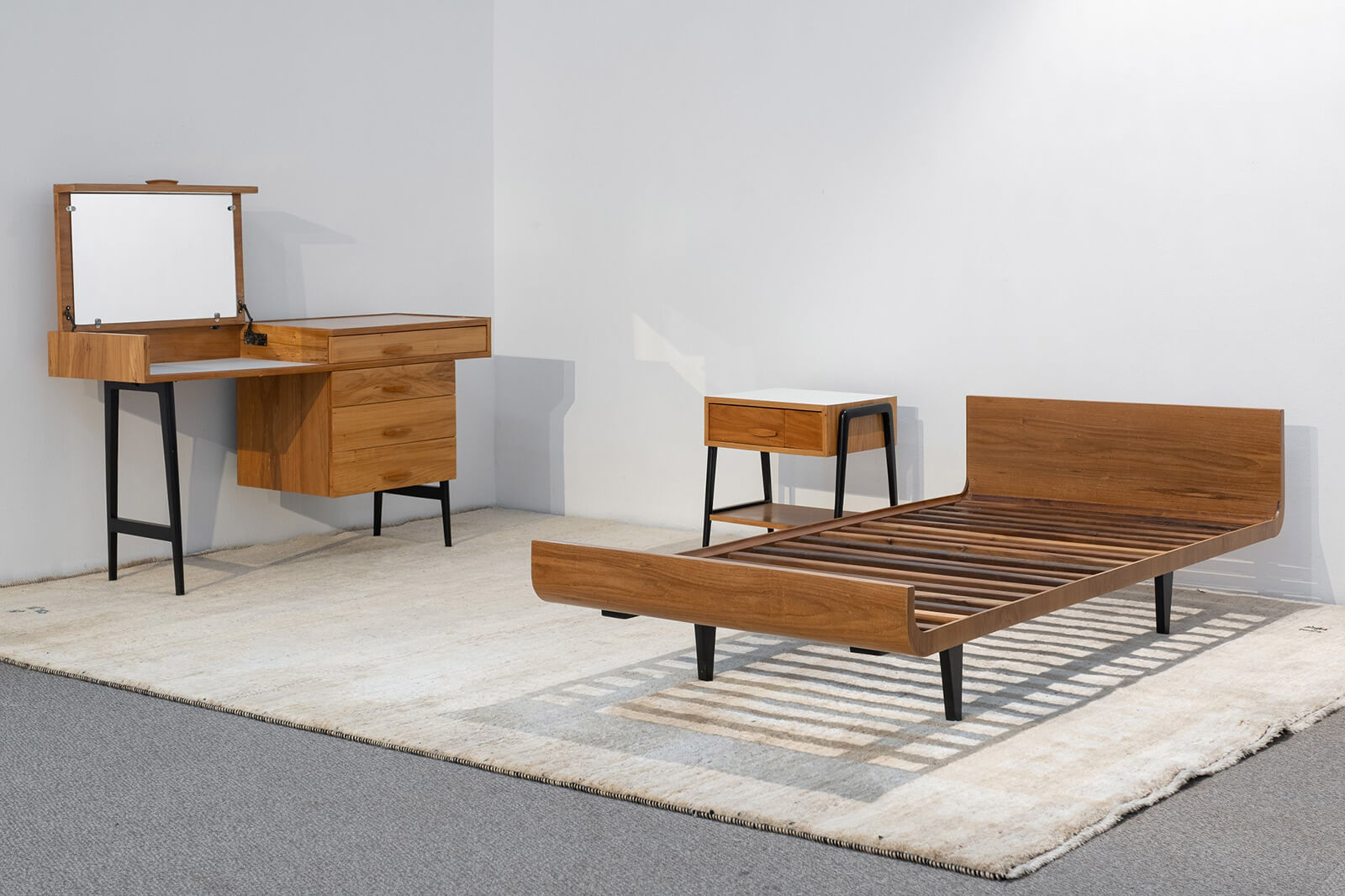
Unknown designer, original guestroom furniture of Brasilia Palace Hotel (architecture project by Oscar Niemeyer)
COURTESY: IFB / PHOTOGRAPH: André Zimmerer
IN BRAZIL’S RICH history of modernism, its capital, Brasilia, has had a key role in establishing the country’s reputation as a fertile place for modern ideas and sensibilities. As a city designed and planned from the ground up, modernist ideas were put into practice here on a grander scale than anywhere else, leading to massive international exposure (the city was founded in 1960, the same year as Chandigarh, independent India’s first planned city and Le Corbusier’s modernist masterpiece). Brasilia’s reputation was mostly owing to the visionary concepts of its urban planner, Lúcio Costa, and the sublime architecture of its main architect, Oscar Niemeyer. But what is less well known is that Niemeyer brought along several of his furniture designer friends, to furnish the iconic buildings he was creating. The designs they created added another layer to the cultural consolidation of modernism.
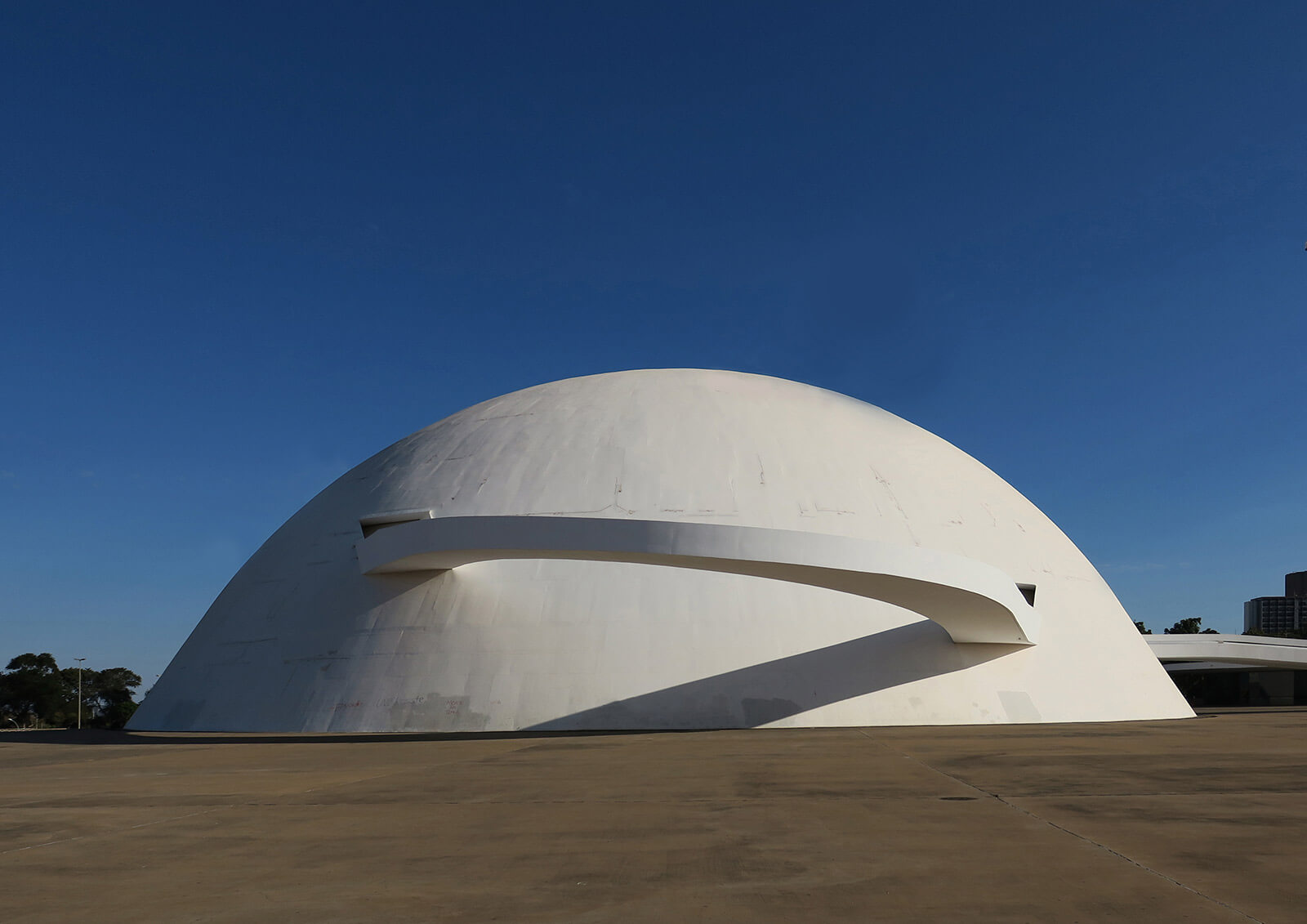
Museu Nacional by Oscar Niemeyer
PHOTOGRAPH: Paul Clemence
Now a recently opened exhibition at the National Museum in Brasilia – one of Niemeyer’s last buildings to be constructed in the city and one of the most radically futuristic – sheds some light on the importance of design in the city’s history. It features some of the original pieces produced in the 1960s and 1970s, juxtaposed with designs produced from the 2000s onwards by local contemporary designers. ‘Modern and Contemporary Furniture: Two Moments of Furniture Design in the Capital’ (“Mobiliário moderno e contemporâneo: dois momentos do design de móveis da capital”) examines the design arc in the city since its inauguration – from its modernist legacy to the current production of a new generation of designers. The exhibition was planned as part of the celebrations of the capital’s 60th anniversary this year, on April 21st. Delayed due to the pandemic, it opened in November and will run until mid-February next year.
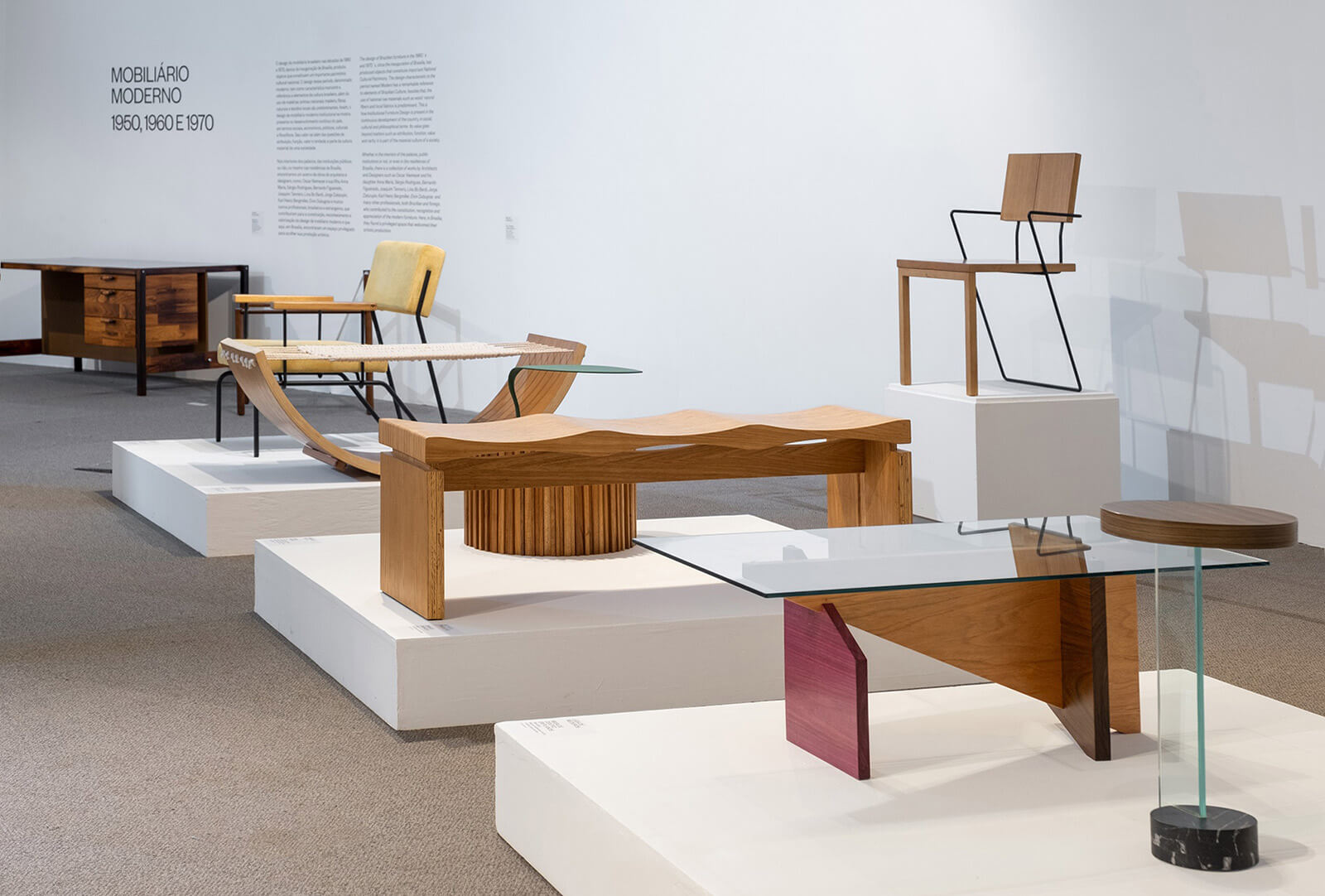
Installation view
COURTESY: IFB / PHOTOGRAPH: André Zimmerer
Representing design from Brasilia’s early years are some of Brazil’s top modern designers, like Sergio Rodrigues, Jorge Zalzupin and Michel Arnoult. “Furniture design was an essential part of putting forth the utopia proposed by Brasilia”, says Fred Hudson, one of the curators alongside Fernanda Freitas (both design professors at the Brasilia Federal Institute). “Design is a form of communication – it was a way of affirming the moment the country was going through, of expansion and growth,” he explains. “And it expressed that vision both domestically and internationally. The Itamaraty Palace – Brasilia’s diplomatic headquarters – for example, features an immense collection of Brazilian design that was being seen by all foreign dignitaries in town to see the new capital.”
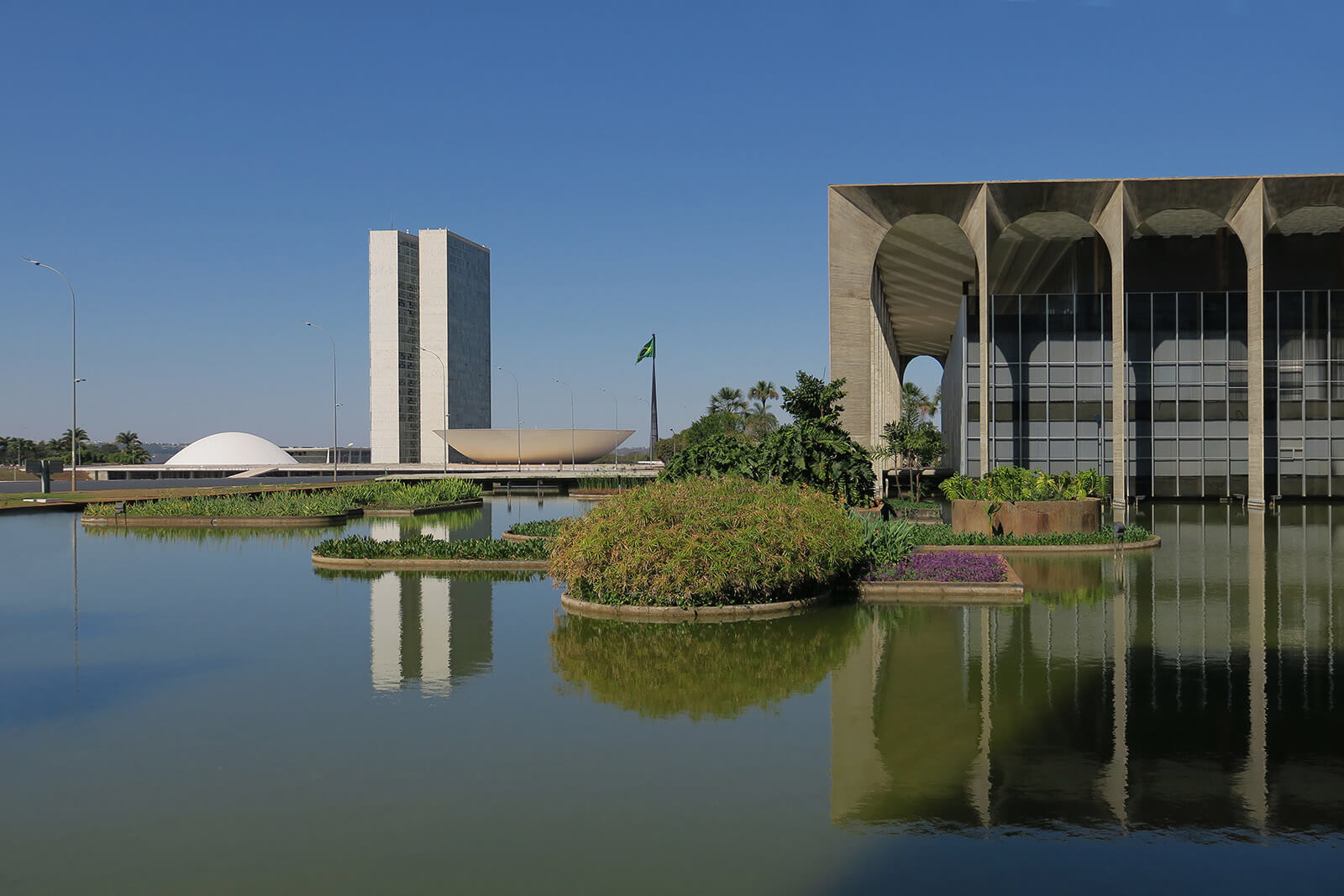
Congress and Itamaraty Palace water gardens by Burle Marx
PHOTOGRAPH: Paul Clemence
Hudson and Freitas also oversaw the restoration of some the pieces in the exhibition that had fallen into disrepair. Reflecting the growing awareness of the importance of preserving these historic design pieces, the restoration was done by students of a technical school workshop specialised in restoring modern furniture (Oficina-Escola de Restauro de Mobiliário Moderno), an initiative developed by a governmental agency and with public funding.
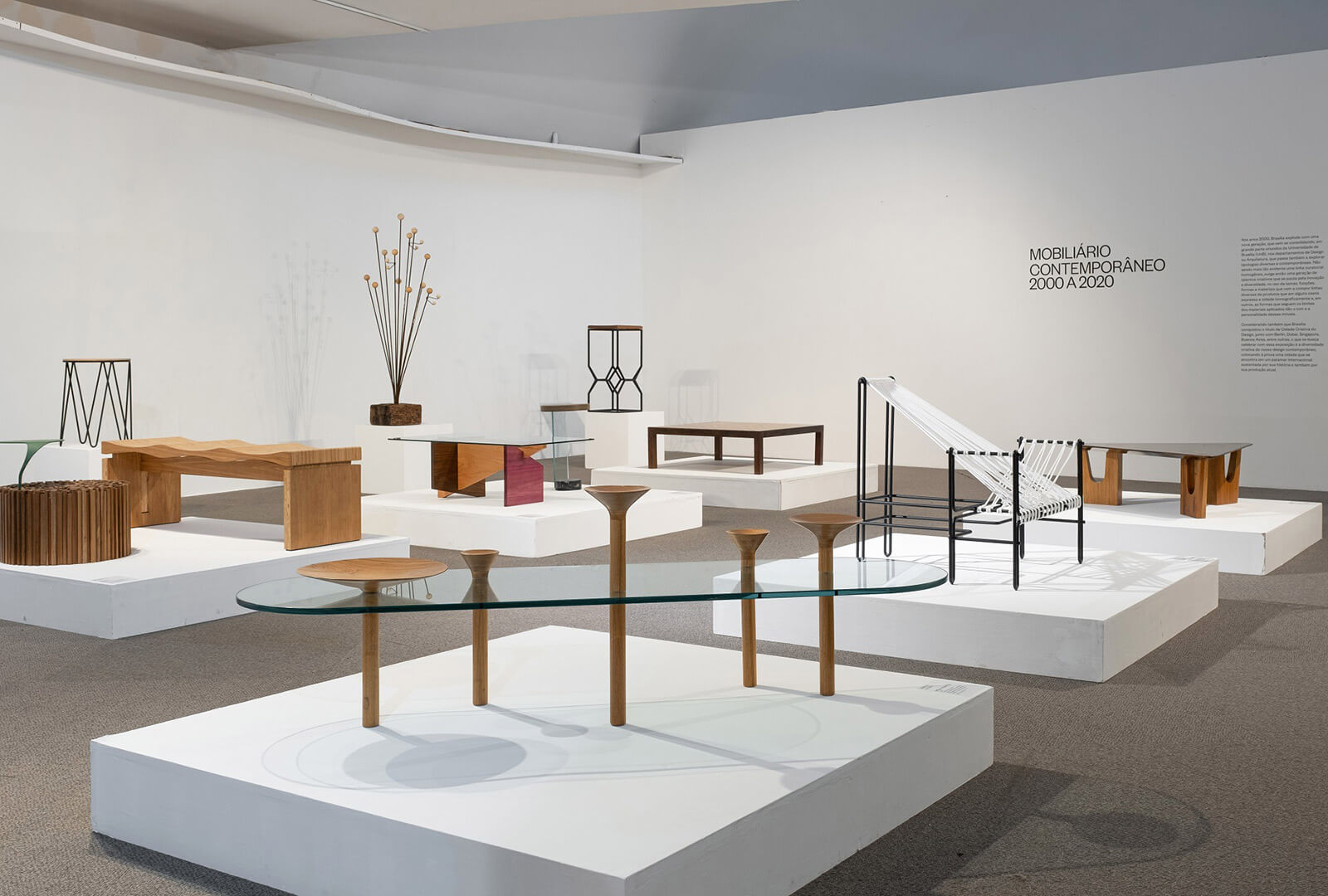
Installation view, (front) Dimitri Lociks, ‘Buritis’ table, 2014
COURTESY: IFB / PHOTOGRAPH: André Zimmerer
When it came to selecting the contemporary designers, the task came effortlessly for Hudson, himself a designer and part of the design community in the capital. The selection cuts through different styles and conceptual approaches, offering personal creations that yet all somehow pay a respectful nod to the uniqueness of the city. “Brasilia is without a doubt a place that inspires,” states Hudson. “There’s the influence of the architecture, the forms, the lines, the structures, and then there is also the amazing natural environment. We have a beautiful, exuberant flora in this part of the country that you can see spread throughout the city.” The designers in this part of the exhibition include Dimitri Lociks, Eduardo Borém, Danilo Vale, Wilson Romão, Raquel Chaves, Lígia de Medeiros, Aciole Felix, Gustavo Gall, Katia e Morgana Moraes and Ricardo Theodoro.
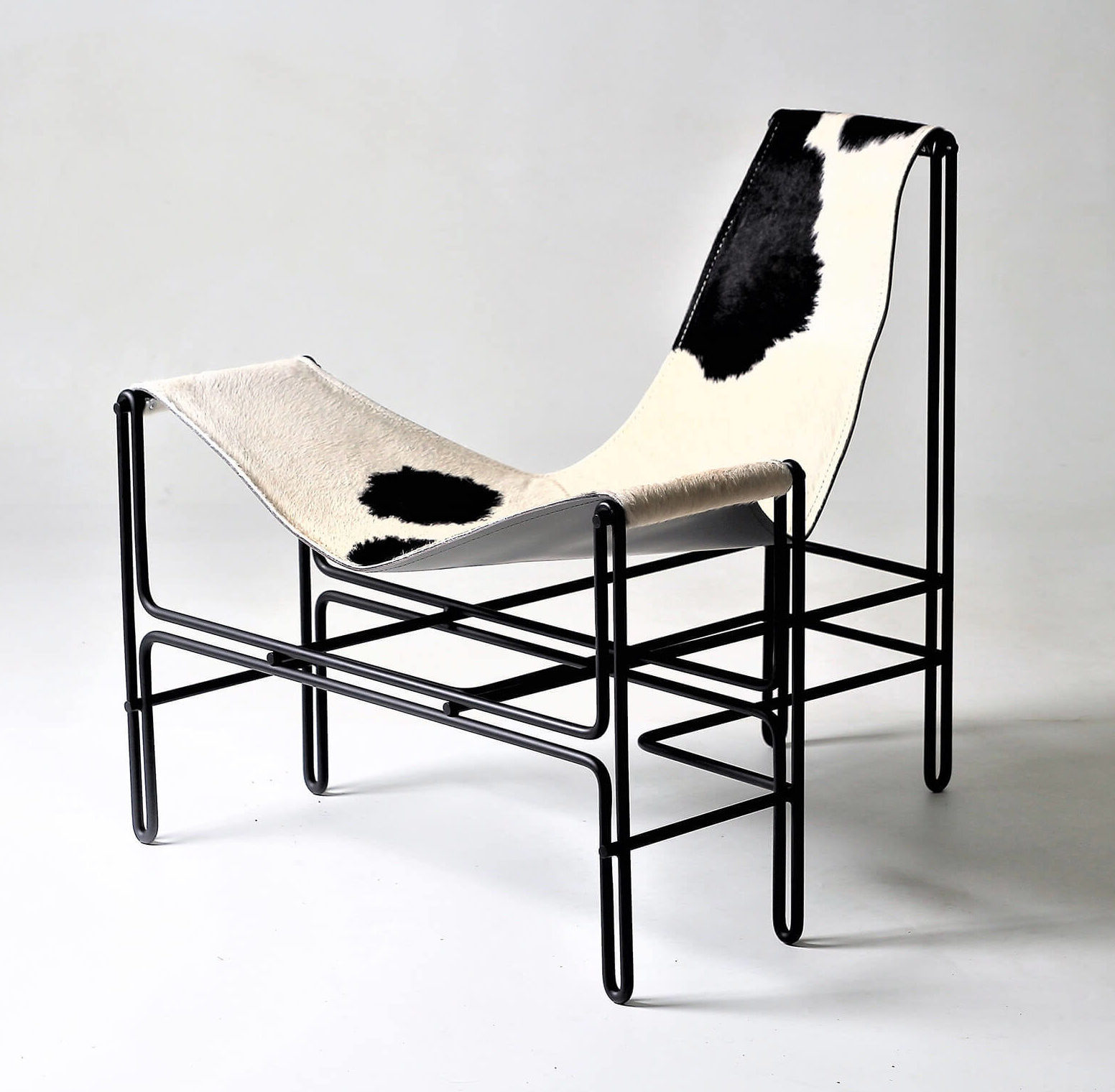
Samuel Lamas, ‘Bia’ armchair, 2017
COURTESY: Samuel Lamas
One of the highlights of the exhibition is the work of Samuel Lamas. Having grown up in Brasilia, and trained as an architect in Rome, he brings an eclectic sensibility to his designs. From his time in Italy, he learned the importance of respecting history, which allowed him to look at his home city with renewed eyes: the sense of proportion, the details, the materials. His interest in furniture design began as he started to purchase vintage modern pieces and restore them for his own use, applying his trained eye to extract the essence of their design and technique. Slowly he began to develop pieces for his architectural projects and eventually launched original standalone collections. Commenting on the influence of the city on his designs, he speaks of the “simplicity of the lines, the clarity of the designs, of the structures, the purity of the geometry. There is an economy to that simplicity – all the elements that are there, are there because they are essential to the design.”
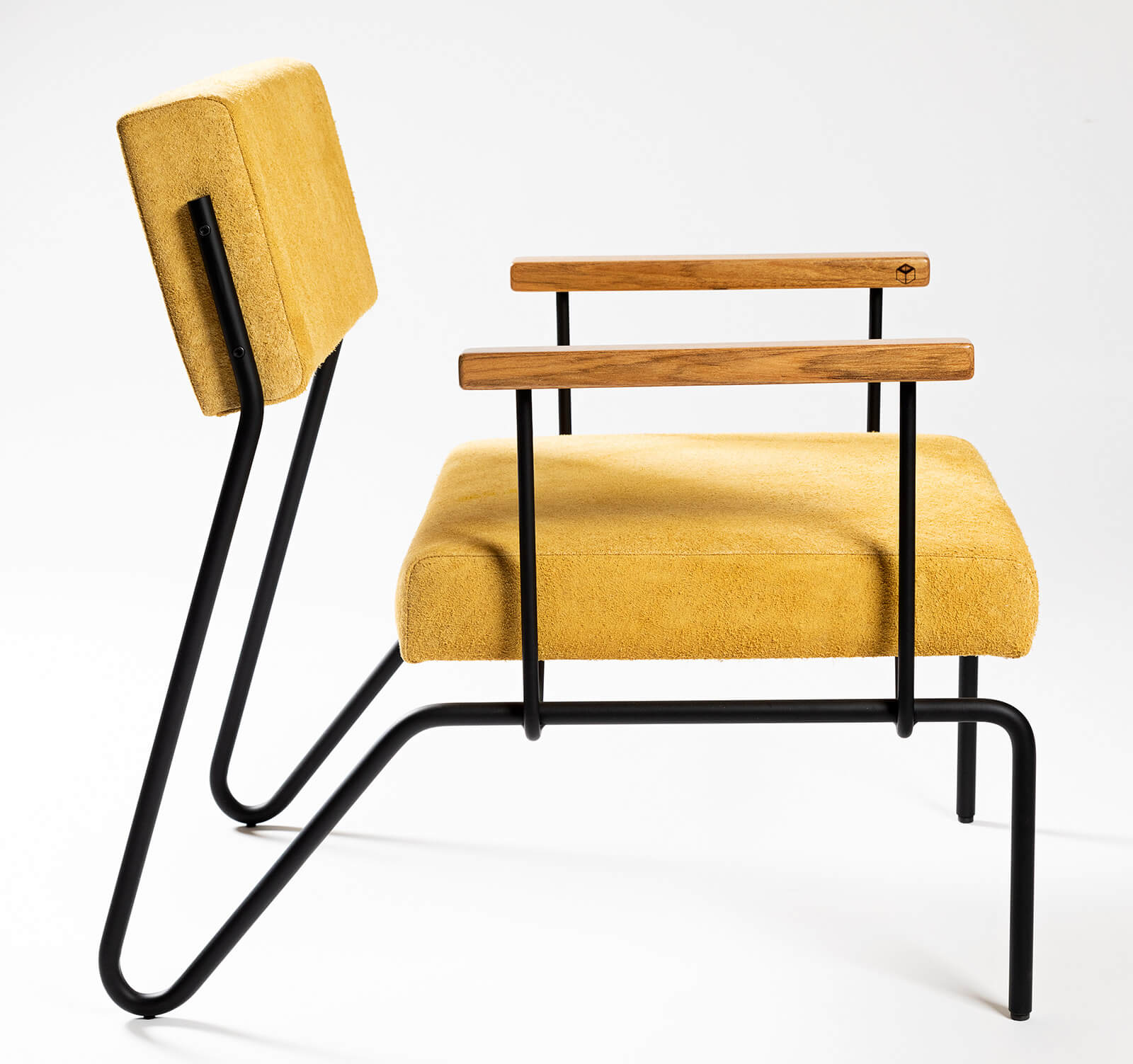
Samuel Lamas, ‘Sandra’ chair, 2018
COURTESY: Samuel Lamas / PHOTOGRAPH: Haruo Mikami
There are two of his pieces in the exhibition: the award-winning ‘Sandra’ chair and the ‘Harpa’ chair, a collaborative project with fashion designer Carol Nemoto. They met at one of her fashion shows and during a conversation on design, the idea of a collaboration emerged. Lamas invited her to create new seating for the structure of his existing ‘Bia’ chair. Nemoto came up with an intricate cord lacing that dresses the chair’s metal structure, softening its lines. “It ended up being a piece between fashion and design!” says Lamas.
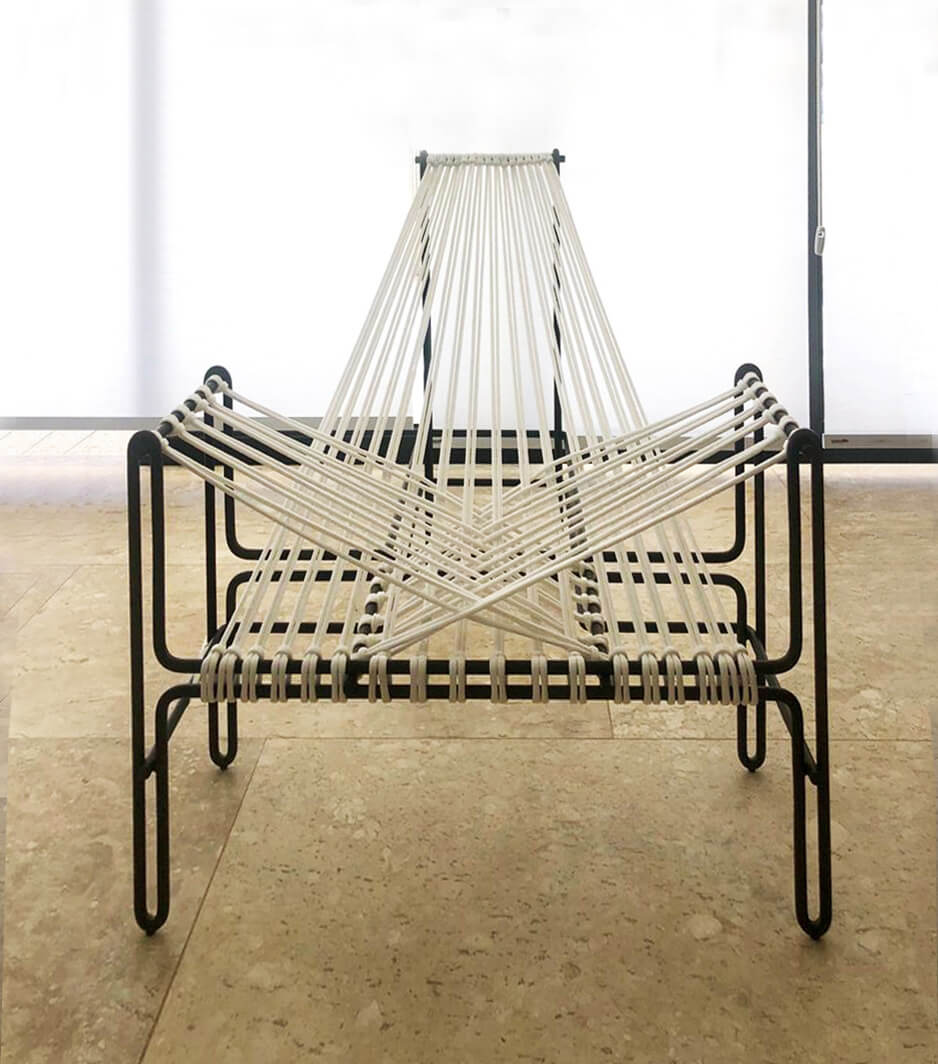
Samuel Lamas and Carol Nemoto, ‘Harpa’ armchair, 2019
COURTESY: Samuel Lamas
The exhibition might be modest in size but succeeds in using design to express the Brasilia of today, a young city beginning to appreciate deeply its short history, while pushing forward with the creative optimism that it was built upon. It is not for nothing, that UNESCO has bestowed upon Brasilia not one, but two of its prestigious designations: “World Heritage Site” and “Creative Design City”.
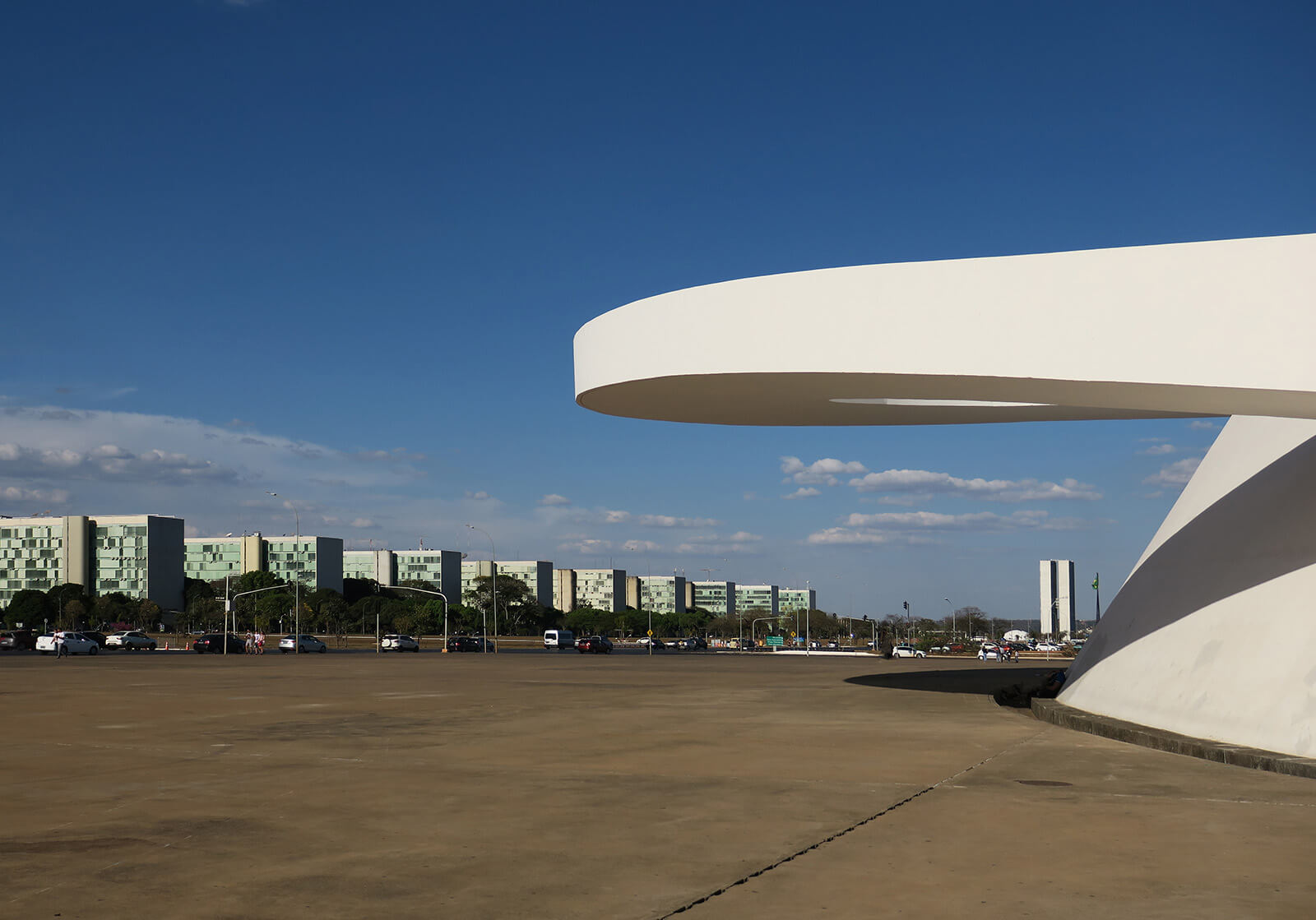
Ministry promenade with overhang ramp at Museu Nacional
PHOTOGRAPH: Paul Clemence
National Museum – a space that inserts Brasília into the international arts circuit and shows the best in Brazilian art.
